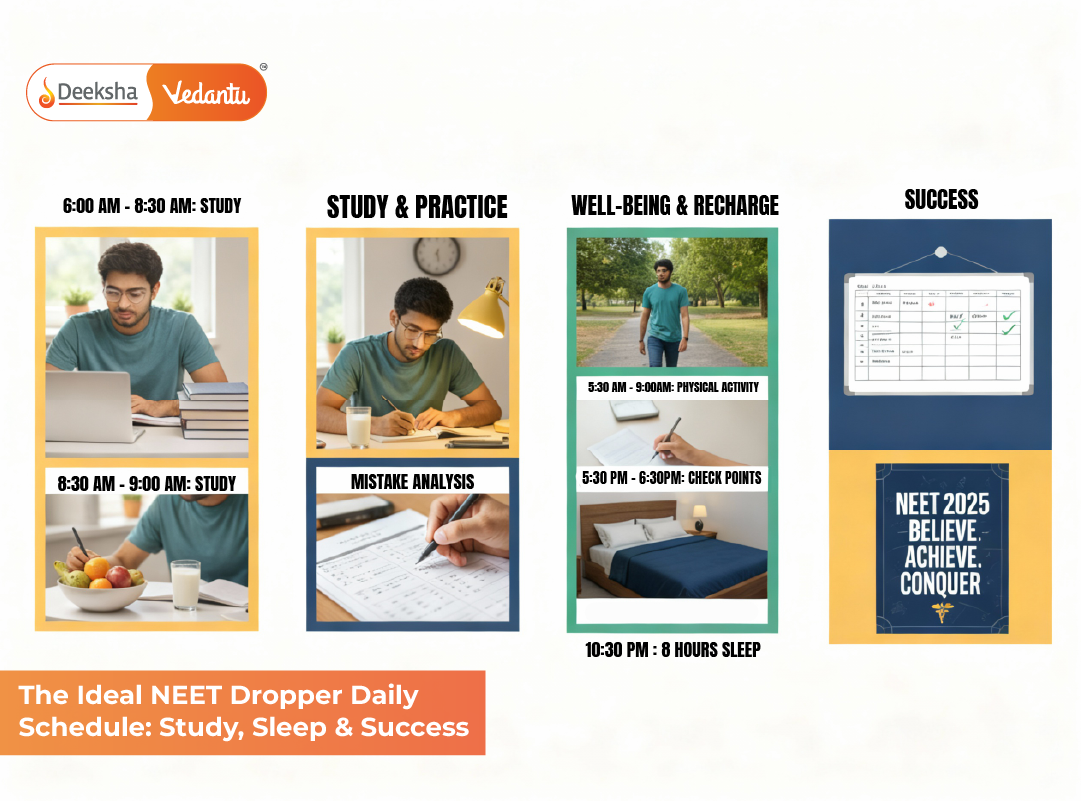“Education is not the filling of a pail, but the lighting of a fire.” – William Butler Yeats
In today’s fast-paced world, merely attending lectures is no longer enough for students to excel academically. Active learning in lectures is the key to igniting that fire of curiosity and understanding. Engaging actively during lectures has numerous benefits for both students and parents, fostering a deeper grasp of the material and boosting academic performance. For 10th-grade students, lecture participation is particularly crucial as it lays the foundation for future academic success. By embracing active learning, students not only enhance their understanding but also develop critical thinking and problem-solving skills that are essential for their educational journey.
Understanding Active Learning
Active learning is an educational approach where students engage with the material, participate in the learning process, and collaborate with others to deepen their understanding. Unlike passive learning, where students passively receive information, active learning involves activities that promote analysis, synthesis, and evaluation of content.
Core components of active learning include:
- Engagement: Actively participating in discussions, asking questions, and expressing thoughts.
- Collaboration: Working with peers on group projects or study groups.
- Reflection: Taking time to reflect on what has been learned and identifying areas for improvement.
There are various active learning techniques that students can use:
- Think-Pair-Share: Students think about a question, discuss it with a partner, and share their insights with the class.
- Interactive Notebooks: Combining lecture notes with drawings, diagrams, and personal reflections.
- Concept Mapping: Creating visual representations of key concepts and their relationships.
Active listening is a crucial element of active learning. It involves fully concentrating on the speaker, understanding their message, responding thoughtfully, and remembering the information. By practicing active listening, students can enhance their comprehension and retention of lecture material.
Preparing Before the Lecture
Effective preparation before attending a lecture can significantly enhance a student’s ability to engage and learn actively. Here are some essential lecture preparation tips:
- Review Previous Notes: Start by reviewing notes from previous lectures to refresh your memory and understand the continuity of the subject matter.
- Read Ahead: Skim through the textbook chapters or materials that will be covered in the upcoming lecture. This pre-lecture preparation helps you get familiar with key concepts and terminology.
- Create a Study Plan: Develop a study plan that outlines what you need to focus on before the lecture. Allocate specific times for reading, note-taking, and reviewing.
- Prepare Questions: As you review and read ahead, jot down any questions or areas of confusion. Having these questions ready will help you engage more deeply during the lecture.
- Organize Materials: Ensure you have all necessary materials, such as notebooks, textbooks, and writing tools. Being organized minimizes distractions and helps you stay focused.
- Healthy Habits: Maintain healthy study habits by getting enough sleep, eating well, and staying hydrated. A well-rested and nourished mind is more receptive to learning.
By taking these steps, students can maximize their understanding and retention of lecture content. Pre-lecture preparation not only boosts confidence but also makes the learning process more interactive and effective. Developing good study habits early on sets the stage for academic success and lifelong learning.
Effective Note-Taking Strategies
Effective note-taking is a crucial skill for academic success, enabling students to capture, organize, and retain important information from lectures. Here are some note-taking tips and methods to help students create effective notes:
- The Cornell Method: Divide your page into three sections: a narrow left-hand column for cues, a larger right-hand column for notes, and a summary section at the bottom. During the lecture, take detailed notes in the right column. After the lecture, use the left column for key points and questions, and summarize the content at the bottom.
- Mind Mapping: This visual method involves creating a central concept and branching out with related ideas, using lines, arrows, and colors to show connections. Mind mapping is particularly useful for visual learners and for understanding the relationships between concepts.
- Outline Method: Organize your notes in a hierarchical structure using bullet points and indents. This method helps in structuring information logically, making it easier to review later.
- Charting Method: Use tables or charts to organize information, especially useful for subjects that involve comparing and contrasting different ideas or data.
- Sentence Method: Write every new piece of information on a separate line, numbering each line. This method is straightforward but may result in lengthy notes that need condensing.
Tips for organizing notes:
- Use Abbreviations and Symbols: Develop a set of abbreviations and symbols to take notes quickly without missing key points.
- Highlight Key Information: Use different colors, underlining, or bolding to emphasize important concepts.
- Review and Revise: Regularly review your notes to ensure they are clear and comprehensive. Fill in any gaps or clarify points soon after the lecture.
Making notes useful for revision:
- Summarize Notes: After each lecture, write a brief summary to reinforce your understanding.
- Create Flashcards: For key terms and concepts, create flashcards to aid memorization.
- Practice Active Recall: Test yourself on the material by trying to recall information without looking at your notes.
Engaging with the Lecture Material
Staying engaged during lectures is vital for active learning and retention. Here are several strategies for effective classroom engagement and interactive learning:
- Ask Questions: Don’t hesitate to ask questions if you don’t understand something. Asking questions not only clarifies your doubts but also keeps you actively involved in the lecture.
- Participate in Discussions: Engage in classroom discussions to deepen your understanding. Sharing your thoughts and listening to others can provide new perspectives on the topic.
- Relate to Prior Knowledge: Connect new information to what you already know. This helps in making the material more relevant and easier to understand.
- Take Part in Interactive Activities: Participate in any interactive learning techniques used by the teacher, such as group activities, peer teaching, or in-class exercises. These activities are designed to make learning more engaging.
- Stay Focused and Avoid Distractions: Minimize distractions by keeping away from your phone and other non-essential materials. Stay focused on the lecturer and the content being discussed.
- Use Visual Aids: If the lecture includes visual aids like slides, diagrams, or videos, pay close attention to them. Visual aids can help reinforce the material and make complex concepts easier to grasp.
- Active Listening: Practice active listening by fully concentrating on the speaker, understanding their message, and responding thoughtfully. This involves nodding, making eye contact, and taking notes.
- Engage with Technology: Utilize digital tools such as educational apps or online resources provided by the teacher. These can enhance your understanding and provide additional ways to interact with the material.
By incorporating these strategies, students can transform passive lecture attendance into an active learning experience. Engaging with the lecture material not only improves comprehension but also makes the learning process more enjoyable and effective. Interactive learning fosters a deeper connection with the subject, helping students to retain information longer and perform better academically.
Utilizing Technology for Active Learning
Incorporating technology in learning can significantly enhance active learning by providing diverse and interactive tools that cater to different learning styles. Here are some ways technology can boost active learning and examples of educational apps and digital learning tools:
- Interactive Learning Platforms: Several learning platforms offer interactive quizzes and games that make learning fun and engaging. These tools allow students to test their knowledge in real-time and receive instant feedback.
- Educational Apps: Apps such as Duolingo for language learning, Deeksha for a variety of subjects and for solving math problems, provide personalized learning experiences. These resources can help students practice and master concepts at their own pace.
- Digital Notebooks: Tools like OneNote and Evernote allow students to organize their notes, collaborate with peers, and integrate multimedia elements such as images and audio recordings. These digital notebooks enhance the note-taking process and make it easier to review and revise.
- Online Collaboration Tools: Google Classroom and Microsoft Teams facilitate collaboration and communication among students and teachers. These platforms support sharing of resources, group projects, and discussions, fostering a collaborative learning environment.
- Virtual Simulations and Labs: Few online tools offer virtual science labs where students can conduct experiments in a simulated environment. This is particularly useful for subjects that require practical experience and hands-on learning.
- Flashcard Apps: Apps like Anki and Quizlet help students create digital flashcards for memorizing key terms and concepts. These apps use spaced repetition algorithms to optimize learning and retention.
By leveraging these digital learning tools, students can stay engaged and better understand lecture material. Technology in learning not only makes education more interactive but also provides opportunities for personalized and self-directed learning.
Group Study and Peer Interaction
Group study and peer interaction offer numerous benefits, enhancing the learning experience through collaboration and shared knowledge. Here are some advantages of group study and tips on forming effective study groups:
Benefits of Group Study:
- Diverse Perspectives: Group study allows students to gain different perspectives on a topic, leading to a more comprehensive understanding.
- Motivation and Support: Studying with peers can boost motivation and provide emotional support, making the learning process less stressful and more enjoyable.
- Improved Problem-Solving: Collaborative learning encourages students to discuss and solve problems together, enhancing critical thinking and problem-solving skills.
- Accountability: Group members can hold each other accountable for staying on track and meeting study goals.
Tips for Forming Study Groups:
- Choose Committed Members: Select peers who are serious about studying and can contribute positively to the group.
- Set Clear Goals: Establish clear objectives and goals for each study session to ensure productive use of time.
- Assign Roles: Assign specific roles such as note-taker, timekeeper, and discussion leader to keep the group organized.
- Create a Schedule: Develop a regular meeting schedule that works for all group members and stick to it.
- Utilize Technology: Use digital tools like Zoom, Google Meet, or collaborative apps to facilitate online study sessions, especially if meeting in person is not possible.
By making the most of group study and peer learning, students can enhance their understanding, stay motivated, and achieve academic success together.
Post-Lecture Review and Reflection
Reviewing and reflecting on lecture material after class is crucial for reinforcing knowledge and identifying areas that need further clarification. Here are strategies for effective post-lecture review and reflection:
- Review Notes Promptly: Go over your lecture notes soon after the class while the material is still fresh in your mind. Highlight key points and clarify any ambiguous sections.
- Summarize the Lecture: Write a brief summary of the lecture in your own words. This helps consolidate your understanding and ensures you have captured the main ideas.
- Create Study Guides: Organize your notes into study guides or outlines, grouping related concepts together. This makes it easier to review and study for exams.
- Reflect on Learning: Take time to reflect on what you learned. Ask yourself questions like, “What were the main points?” and “How does this information relate to what I already know?” This reflection process deepens your understanding.
- Practice Retrieval: Test yourself on the material without looking at your notes. This active recall practice strengthens memory and highlights areas that need more review.
- Discuss with Peers: Engage in discussions with classmates to review the material and exchange insights. Explaining concepts to others is a powerful way to reinforce your own understanding.
- Use Additional Resources: If you encounter difficult topics, refer to textbooks, online resources, or ask your teacher for further clarification.
By implementing these post-lecture review and reflection techniques, students can enhance their retention of lecture material, identify gaps in their knowledge, and prepare effectively for assessments.
Parental Involvement in Active Learning
Parental involvement plays a significant role in supporting children’s active learning and academic success. Here are ways parents can support their children’s active learning:
- Create a Learning Environment: Set up a quiet, organized, and distraction-free study area at home. Ensure that your child has all the necessary materials and resources.
- Encourage Good Study Habits: Help your child develop a regular study schedule and prioritize their tasks. Encourage them to review notes, complete assignments, and prepare for upcoming lectures.
- Be Involved: Show interest in your child’s education by attending parent-teacher meetings, monitoring their progress, and discussing their academic goals and challenges.
- Promote Curiosity: Encourage your child to ask questions and explore topics beyond the classroom. Provide access to books, educational websites, and other learning materials.
- Support Technology Use: Guide your child in using educational apps and digital learning tools effectively. Monitor their screen time and ensure they are using technology for productive purposes.
- Discuss Lecture Content: Engage in conversations about what your child learned in their lectures. Ask open-ended questions that prompt them to explain and reflect on the material.
- Encourage Group Study: Support your child in forming study groups with peers. Provide a space for group meetings and encourage collaborative learning.
- Be a Role Model: Demonstrate a positive attitude toward learning and education. Share your own experiences and the importance of lifelong learning.
By being actively involved in their children’s education, parents can create a supportive environment that fosters active learning, enhances academic performance, and promotes overall student success.
Deeksha – Your Gateway to Success
As we conclude this blog, we want to say that active learning offers numerous benefits that can significantly enhance student success. By understanding active learning, preparing before lectures, taking effective notes, engaging with the material, utilizing technology, participating in group study, and reviewing post-lecture, students can transform their educational experience. These strategies not only improve comprehension and retention but also foster critical thinking and problem-solving skills.
We at Deeksha are committed to supporting our students in their academic journey. With a focus on active learning, Deeksha provides resources and guidance to help students excel in their PU academics and prepare for competitive exams such as JEE, NEET, KCET, CA, and CS. Whether you’re a science or commerce aspirant, implementing these learning strategies will pave the way for academic excellence and success in your future endeavors.
To further enhance your learning experience, explore the educational resources and learning tools offered by us. Our comprehensive programs are designed to help students succeed in their PU academics and competitive exams. Stay ahead in your academic journey by subscribing to our blog for more tips, strategies, and insights on effective learning.
At Deeksha, we are dedicated to helping students achieve their full potential. Join us to access a wealth of resources and support that will guide you toward success in your studies and beyond.
Table of Contents










Get Social